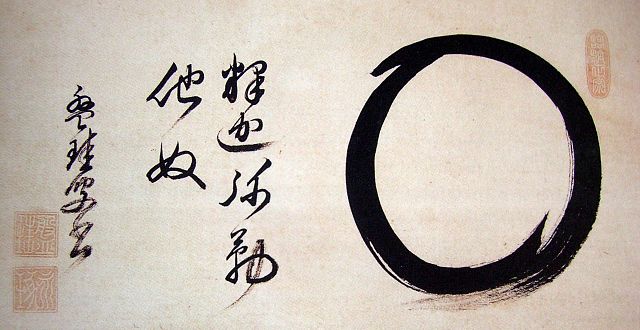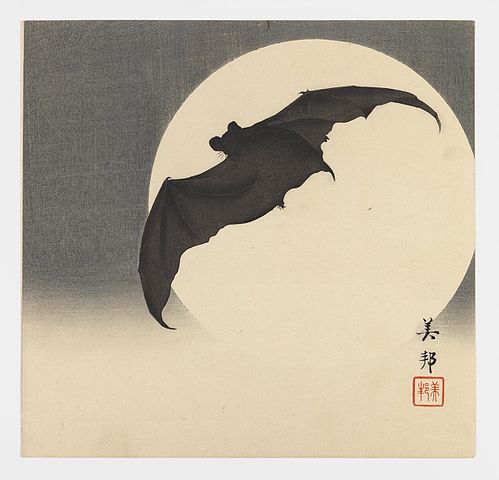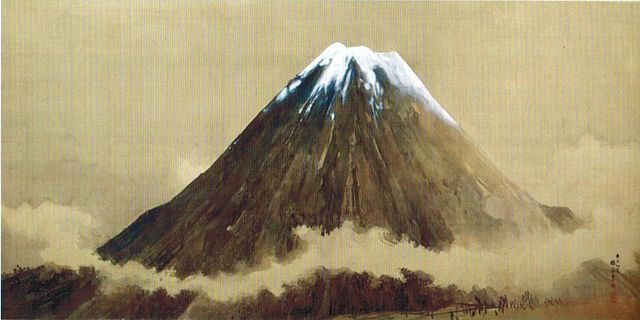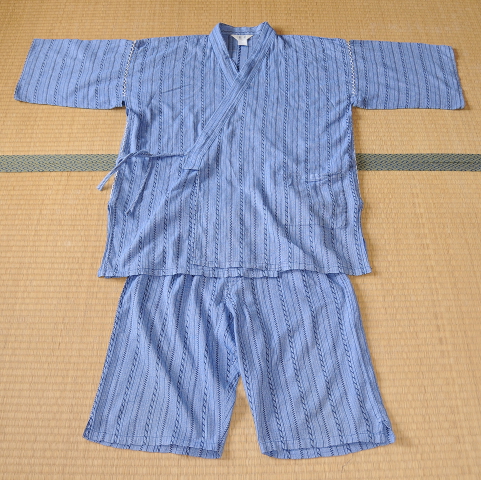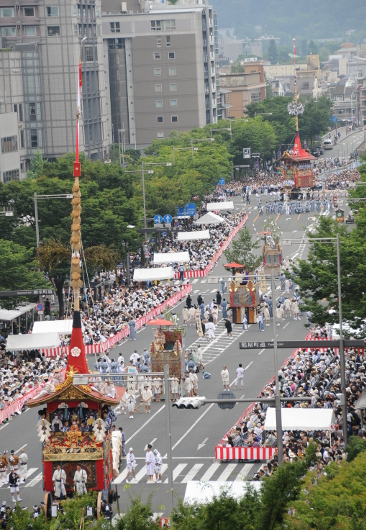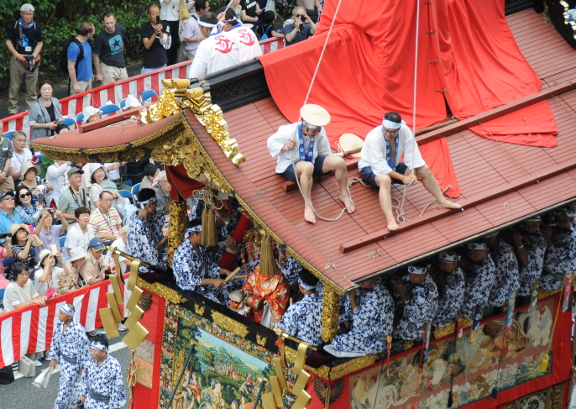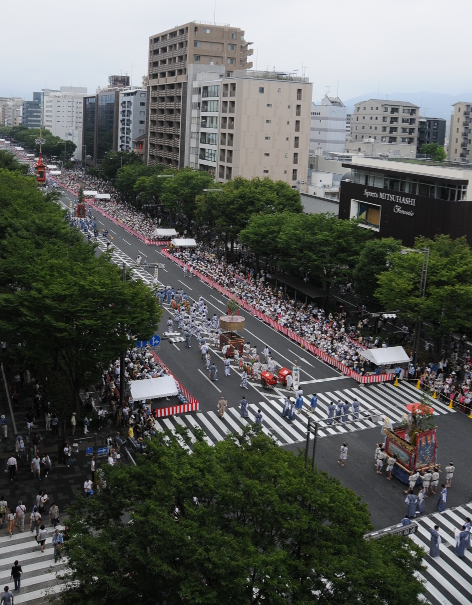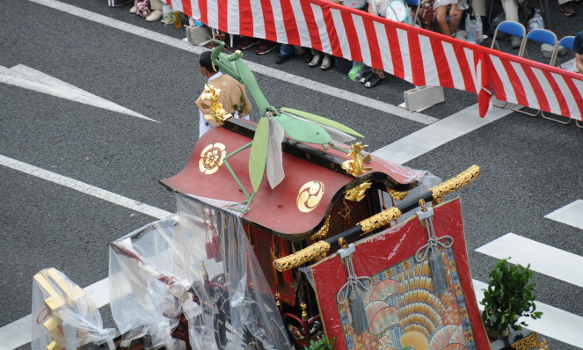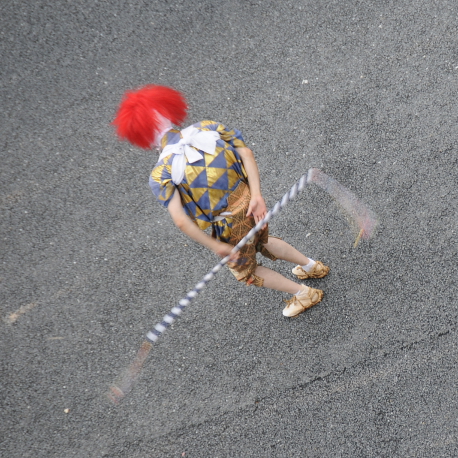It is universally known that rice is very important in Japan and all over Asia, and 87% of the world’s total rice production is harvested in Asia. Rice was first domesticated in China around 10.000 years ago but has since become the staple food for millions of people.
In old Japan, farmers were considered so important that in the hierarchical feudal class system of the Edo period, peasants held the second rank – right below the samurai, but above the third rank artisans and the merchants, who made up the fourth and lowest rank. And during that time, rice was used as a measure of somebody’s wealth.
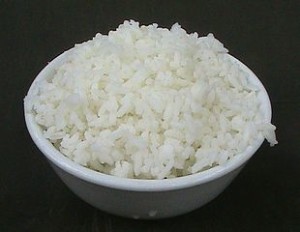 For example, the income of the daimyo – feudal lords – and samurai was counted in koku – bales of rice. Originally, one koku was about 150 kg, and the idea behind it is that one bowl of rice holds 150 grams of rice, and that 1 koku – which would be 1000 bowls of rice – would be needed to feed a single person for one whole year.
For example, the income of the daimyo – feudal lords – and samurai was counted in koku – bales of rice. Originally, one koku was about 150 kg, and the idea behind it is that one bowl of rice holds 150 grams of rice, and that 1 koku – which would be 1000 bowls of rice – would be needed to feed a single person for one whole year.
If you do the math, this makes about 2.7 bowls of rice that a person could eat per day, which is only okay if you are on a severe diet; but of course, rice was not the only thing people were eating. In fact, there is a story that Ieyasu – the first Shogun of the Edo period – preferred to eat other grains because they were cheaper…
Back to wealth: In the Edo period, each feudal domain was assessed by their potential rice income, called kokudaka. This was done by bestowing fiefs that had been won in the war on allies or loyal retainers. Later, the kokudaka also determined the order of precedence at the court of the Shogun.
Only if a fief had an income of at least 10.000 koku, its fief-holder could be called a daimyo. The largest income of any daimyo was the Kaga or Kanazawa domain in Honshu, with 1.025.000 koku per year. This was the only fief with more than one million koku, and to this day, there is a million-koku festival in Kanazawa town to celebrate the return of their lord as a millionaire. Only 20 daimyo had a kokudaka of more than 200.000 koku, including the Shogun, whose income was some 4 million koku per year. To put this in perspective: altogether, Japan produced some 30 million koku annually.
After the Meiji restoration, in 1891, the koku was redefined to be 180 litres of rice, but soon enough, income was measured in money rather than in rice. Today, koku are still in use in the lumber industry as a cubic measure, but beyond that, they have been relegated to old stories and museums.

